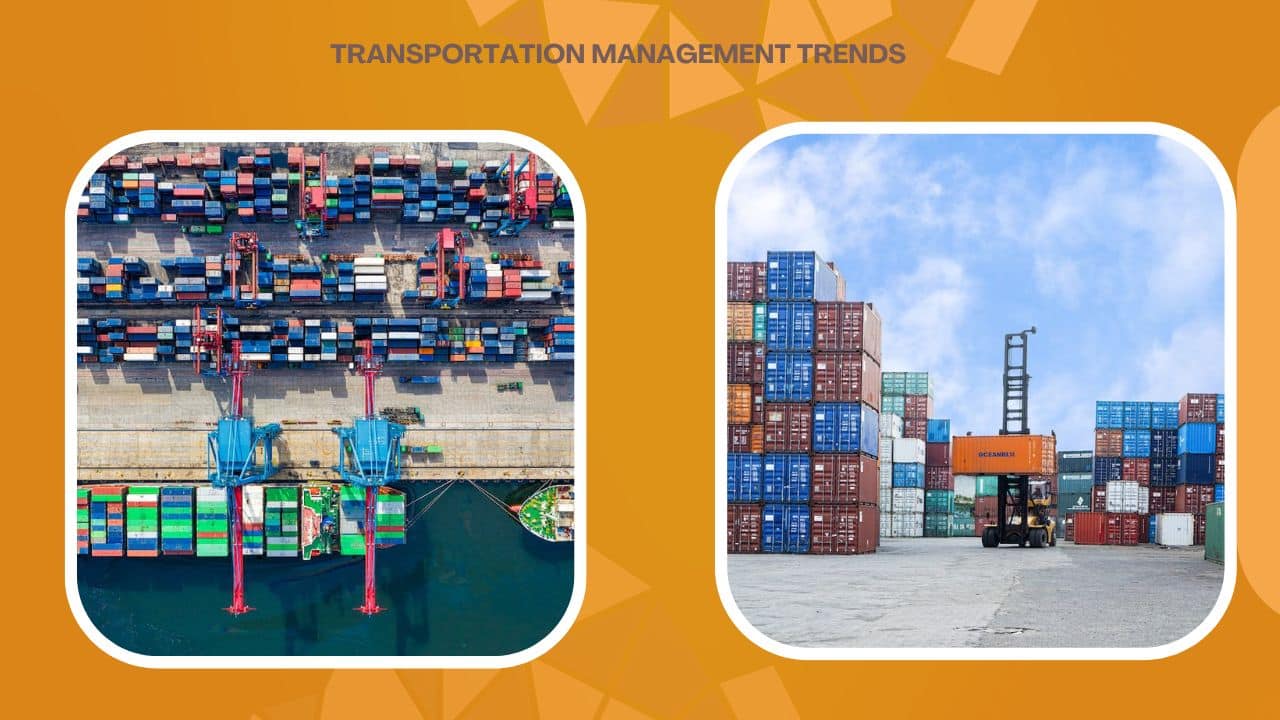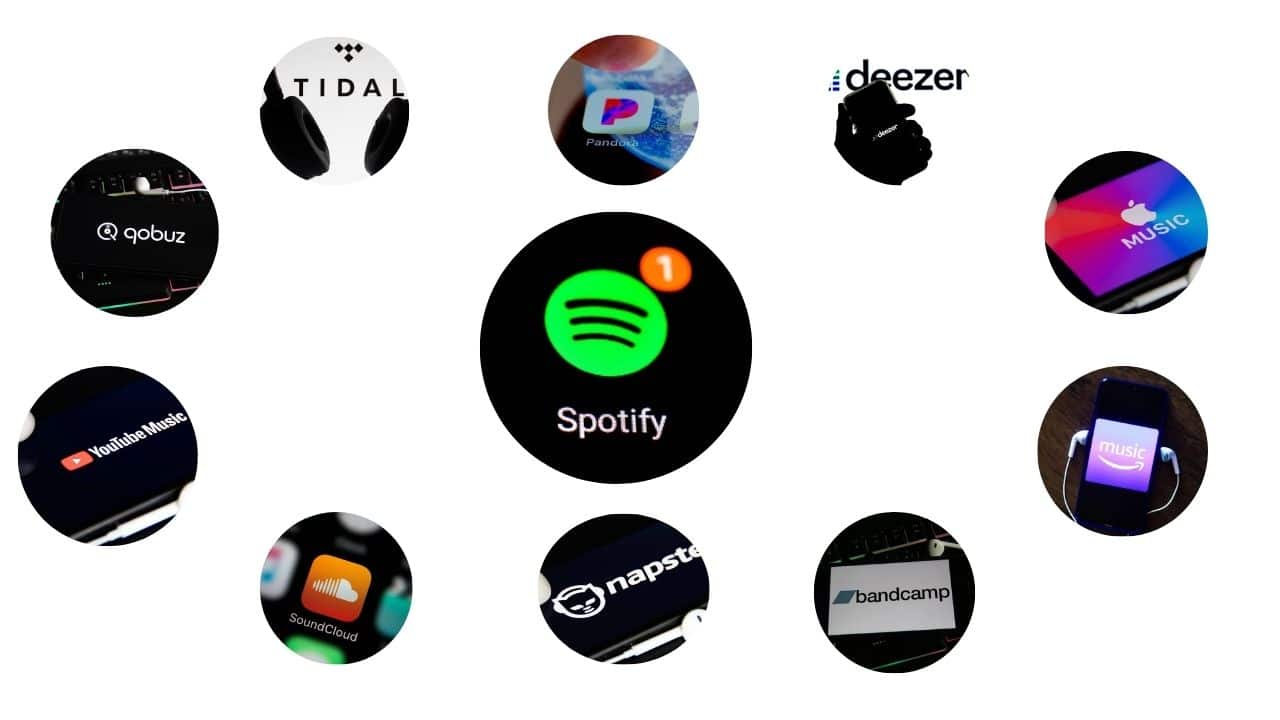The world of transportation management is undergoing a profound transformation, driven by the convergence of technological advancements, environmental concerns, and the ever-evolving demands of supply chain logistics. In this article, we will delve into the future of transportation management, exploring key trends that are shaping the industry.
From sustainable transportation solutions and digitalization to supply chain visibility and collaboration, we will examine how these trends revolutionize how goods are transported and managed. Additionally, we will highlight the crucial role of supply chain transparency software and technology in these developments and the emergence of supply chain transparency companies and solutions to meet the demands of a rapidly changing landscape.
I. Sustainable Transportation
A. Green Initiatives in Transportation
The first trend we’ll explore is the increasing focus on sustainable transportation. With the global commitment to reducing carbon emissions, the ride is at the forefront of environmental initiatives.
Green transportation practices encompass using renewable energy sources, such as electric vehicles, and optimizing routes to minimize fuel consumption. Initiatives like carbon offsets and green certifications are becoming standard in the industry, ensuring that transportation contributes to a cleaner, more sustainable future.
B. Electric and Autonomous Vehicles
Electric and autonomous vehicles are central to sustainable transportation. Electric vehicles (EVs) have gained popularity due to their reduced carbon footprint and lower operational costs. On the other hand, autonomous cars promise to enhance safety and efficiency by eliminating human errors. These technologies are driving the transformation of transportation management, offering eco-friendly alternatives that are increasingly integrated into supply chains.
C. Eco-friendly Supply Chain Practices
Sustainability in transportation extends beyond vehicles. Eco-friendly supply chain practices include the reduction of single-use packaging, the optimization of cargo space, and the utilization of alternative transportation modes like rail and waterways. By adopting these practices, supply chain transparency companies can minimize their environmental impact and reduce transportation costs simultaneously, making them integral components of the future of transportation management.
II. Digitalization and Data Analytics
A. Big Data in Transportation Management
The digitalization of transportation management involves collecting and analyzing vast amounts of data. Big data analytics allow for real-time shipment tracking, route optimization, and identifying potential bottlenecks or delays. By harnessing big data, companies can make data-driven decisions that enhance efficiency, reduce costs, and improve overall supply chain transparency tool performance.
B. Predictive Analytics for Improved Efficiency
Predictive analytics are another critical component of the transportation management landscape. By leveraging historical data and machine learning algorithms, companies can predict future transportation needs, demand fluctuations, and potential disruptions. This foresight enables proactive decision-making, reducing the impact of disorders and ensuring smoother operations.
C. IoT and Real-time Monitoring
The Internet of Things (IoT) plays a vital role in real-time monitoring of transportation assets. Sensors and connected devices on trucks, containers, and other transportation equipment provide real-time location, temperature, and condition data. This data is invaluable for ensuring the integrity of shipments and optimizing routes for efficiency and safety.
III. Supply Chain Visibility
A. The Role of Visibility in Transportation Management
Supply chain visibility and transparency are critical for effective transportation management. Visibility provides real-time insights into the movement of goods, allowing companies to track shipments, manage inventory levels, and respond quickly to disruptions. It also enhances customer satisfaction by providing accurate delivery information.
B. Real-time Tracking and Monitoring Systems
Modern transportation management relies heavily on real-time tracking and monitoring systems. These systems integrate with GPS, RFID, and other technologies to provide precise location data for shipments. Real-time visibility allows for proactive problem-solving, reducing the impact of delays and ensuring timely deliveries.
C. Blockchain in Supply Chain Visibility
Blockchain technology is gaining traction in visibility and transparency. It offers secure, immutable records of transactions, making it ideal for tracking the movement of goods across the supply chain. With blockchain, supply chain stakeholders can verify the authenticity of products, reduce the risk of fraud, and enhance transparency in supply chain throughout the transportation process.
IV. Collaboration and Network Optimization
A. Collaborative Transportation Models
Collaborative transportation models are becoming increasingly prevalent as companies seek to optimize their networks. These models involve sharing transportation resources and costs with partners or competitors. By pooling resources, companies can reduce empty miles, cut transportation costs, and minimize environmental impact, making collaboration a key trend in future transportation management.
B. Freight Consolidation and Optimization
Freight consolidation is a crucial strategy for optimizing transportation networks. By consolidating shipments from multiple suppliers or customers into a single load, companies can reduce transportation costs, minimize carbon emissions, and streamline logistics operations. Advanced supply chain transparency solutions facilitate efficient freight consolidation and optimization.
C. Multi-modal Transportation
Multi-modal transportation involves using multiple modes of transportation (e.g., road, rail, sea, air) to move goods from origin to destination. This approach maximizes efficiency and flexibility while minimizing environmental impact. Companies can adapt to changing market conditions by seamlessly integrating different transportation modes and offering cost-effective, sustainable solutions.
The Role of Supply Chain Transparency Software and Technology
Throughout these trends in transportation management, supplier transparency software and technology play a central role. They empower companies to track shipments, monitor environmental performance, and ensure ethical sourcing. These tools provide real-time visibility into supply chain operations, making identifying bottlenecks, minimizing risks, and optimizing transportation networks easier.
Supply Chain Transparency Companies and Solutions
As supply chain transparency and visibility demand grows, specialized companies and solutions have emerged to meet these needs. These supply chain transparency technology offer a range of technologies and services, from blockchain-based platforms to real-time monitoring solutions. By partnering with these companies and implementing their solutions, businesses can stay ahead of industry trends and meet the evolving expectations of customers, regulators, and stakeholders.
Conclusion
The future of transportation management is characterized by sustainability, digitalization, visibility, collaboration, and the integration of supply chain transparency software and technology. These trends are reshaping the industry, offering opportunities for companies to reduce their environmental footprint, enhance efficiency, and meet the demands of an increasingly complex supply chain landscape.
By embracing these trends and investing in innovative solutions, businesses can position themselves for success in the evolving world of transportation management, ensuring that they remain competitive, environmentally responsible, and adaptable to challenges and opportunities.




































